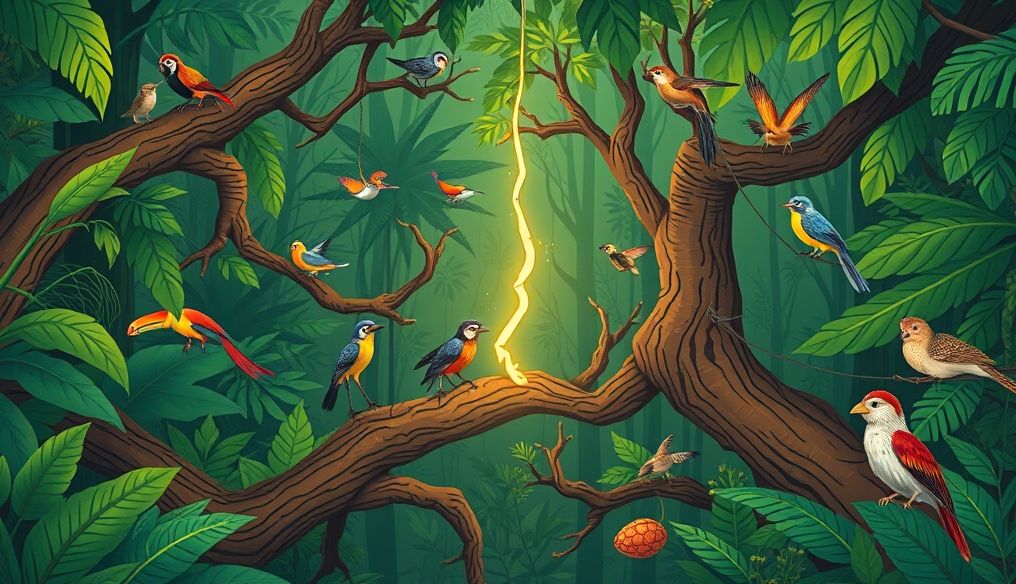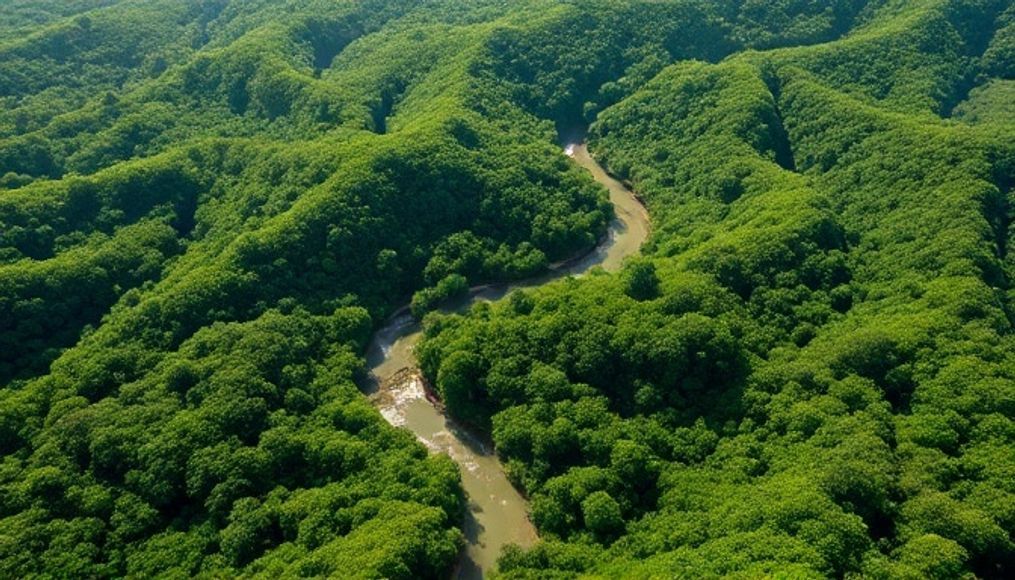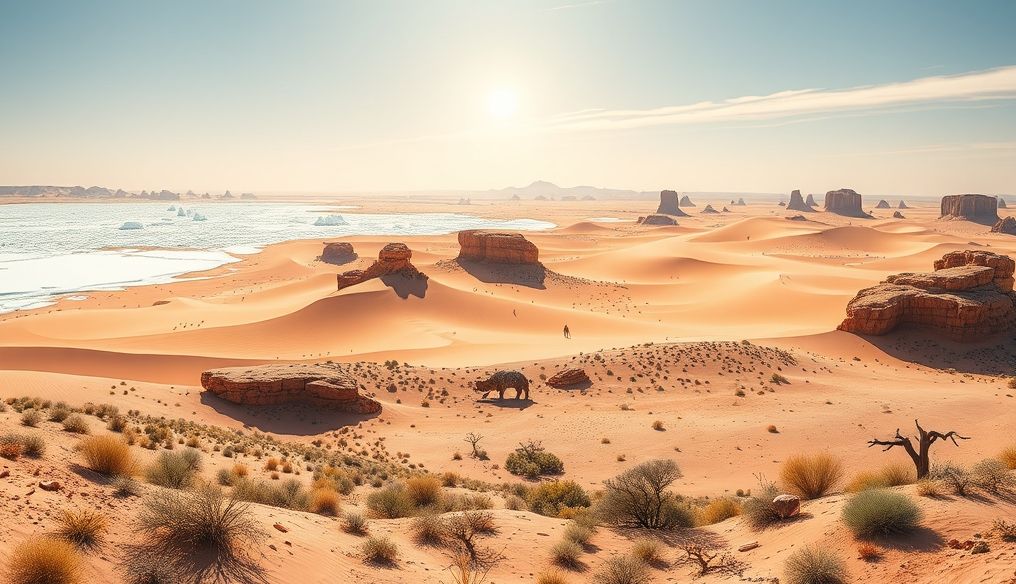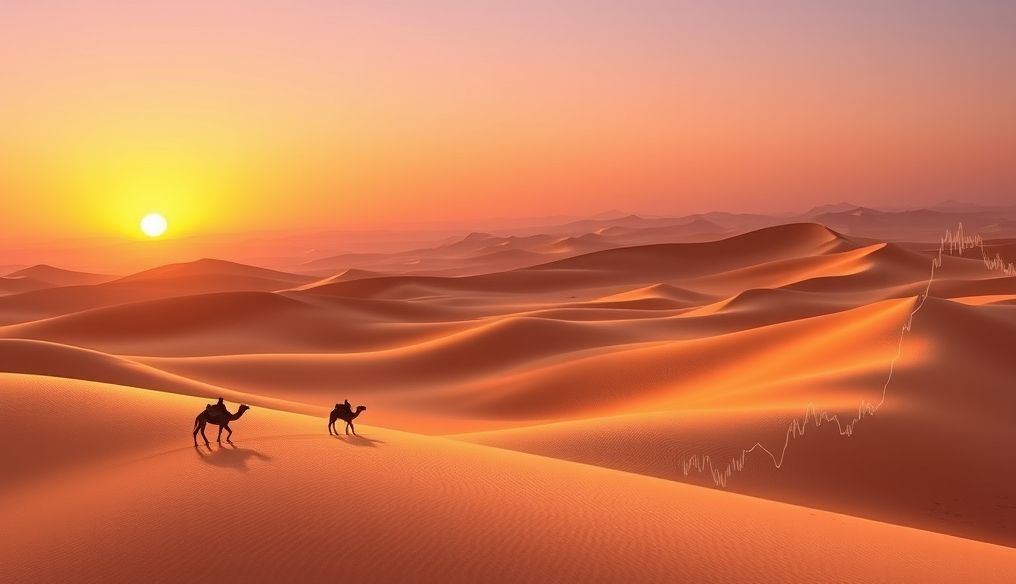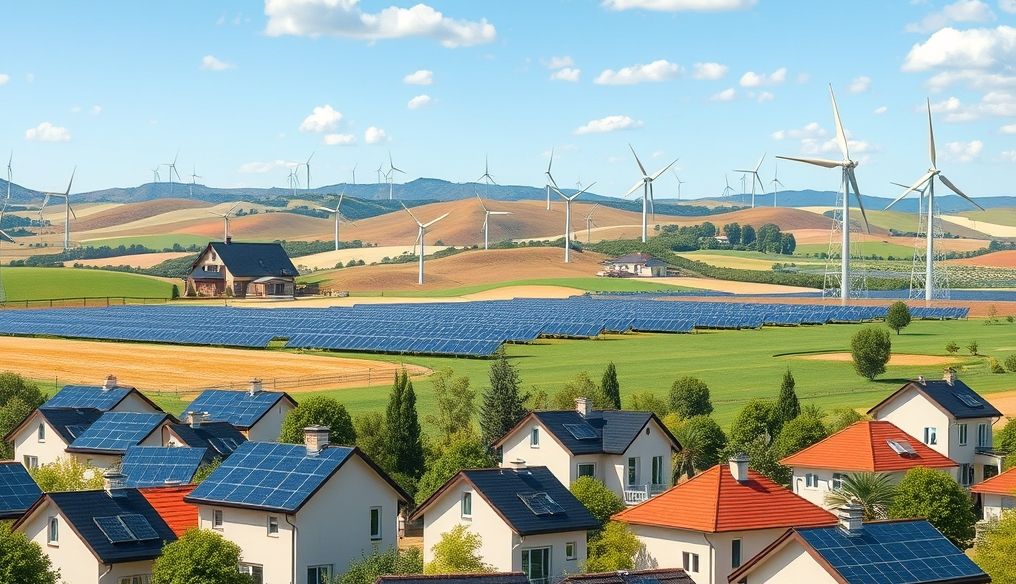Introduction: The Fragile Web of Life
Imagine an ecosystem as a complex spider web. Each thread represents an animal or plant species, and each intersection represents a relationship between these species. If we cut a single thread, the web may appear intact at first, but over time, it may begin to sag and tear. This is exactly what happens when a single animal species becomes extinct.
Chapter 1: The Role of Animals in the Ecosystem
Animals play vital roles in maintaining the health and balance of ecosystems. These roles include:
- Pollination: Many animals, such as bees, butterflies, and bats, pollinate plants, allowing them to reproduce and produce food.
- Seed Dispersal: Animals, such as birds and rodents, help disperse plant seeds, contributing to the regeneration of forests and grasslands.
- Controlling Populations of Other Species: Predators regulate the populations of herbivores, preventing them from overgrazing and destroying plants.
- Improving Soil Fertility: Animals, such as earthworms and beetles, help improve soil fertility by aerating it and distributing organic matter.
- Nutrient Cycling: Animals play a role in cycling nutrients, such as nitrogen and phosphorus, making them available to plants.
Chapter 2: The Impact of Predator Extinction
The extinction of predators often has devastating effects on ecosystems. For example, when the gray wolf became extinct in some areas of the United States, deer populations increased dramatically, leading to overgrazing and forest destruction. This led to a decline in the populations of other animals that depend on forests, such as birds and rodents.
Example: The reintroduction of wolves to Yellowstone National Park led to a remarkable restoration of ecological balance. Elk populations decreased, allowing plants to recover, birds and rodents reappeared, and the health of rivers and streams improved.
Chapter 3: The Impact of Herbivore Extinction
The extinction of herbivores may seem less harmful than the extinction of predators, but it can also have negative effects. For example, if a herbivore that feeds on a particular invasive plant species becomes extinct, that invasive plant may spread rapidly and threaten native plant species.
Example: The extinction of the black rhinoceros in some areas has led to increased growth of woody plants, reducing the amount of grazing land available to other herbivores.
Chapter 4: The Impact of Pollinator Extinction
Pollinators, such as bees and butterflies, are essential for the reproduction of many plants. If pollinators become extinct, the populations of plants that depend on them may decline, affecting the animals that feed on these plants.
Statistic: It is estimated that about one-third of the food we eat depends on pollination by animals.
Chapter 5: The Impact of Seed Disperser Extinction
Animals that disperse seeds help regenerate forests and grasslands. If these animals become extinct, it may become difficult for plants to reproduce and spread, leading to the degradation of ecosystems.
Example: The extinction of the dodo bird in Mauritius led to a decline in the populations of the calvaria tree, which depended on the dodo to disperse its seeds.
Chapter 6: Cascading Effects
The extinction of a single animal species often has cascading effects on the entire ecosystem. For example, if a predator becomes extinct, the populations of the herbivores it preys on may increase, leading to overgrazing and plant destruction. This may lead to a decline in the populations of animals that depend on these plants, and so on.
Chapter 7: Real-World Examples from Around the Globe
There are many real-world examples of the impact of animal extinction on ecosystems around the world. Among these examples are:
- Extinction of the Japanese sea lion: Led to an increase in the populations of sea urchins that feed on seagrass, leading to the degradation of coastal ecosystems.
- Extinction of the Tasmanian tiger: Led to an increase in the populations of kangaroos, leading to overgrazing and degradation of grasslands.
- Extinction of the Moa bird in New Zealand: Led to significant changes in vegetation cover, as there was no longer a large animal feeding on large plants.
Chapter 8: How Can We Prevent Extinction?
To prevent animal extinction, we must take action to protect their natural habitats, reduce pollution, combat climate change, and prevent overhunting. We must also support conservation programs that aim to protect endangered species and rehabilitate degraded ecosystems.
Practical Tip: You can contribute to animal protection by supporting environmental organizations, reducing your consumption of resources, and adopting environmentally friendly practices in your daily life.
Conclusion: Our Responsibility to the Planet
The extinction of a single animal species is not just a biological loss, but a warning sign that we are tampering with the natural balance of the planet. We must take responsibility for the planet and work together to protect biodiversity and maintain the health of ecosystems for future generations.
